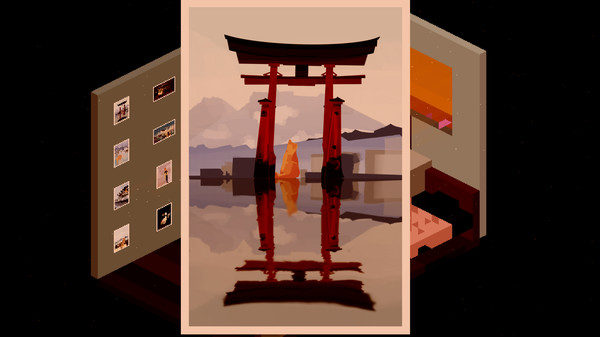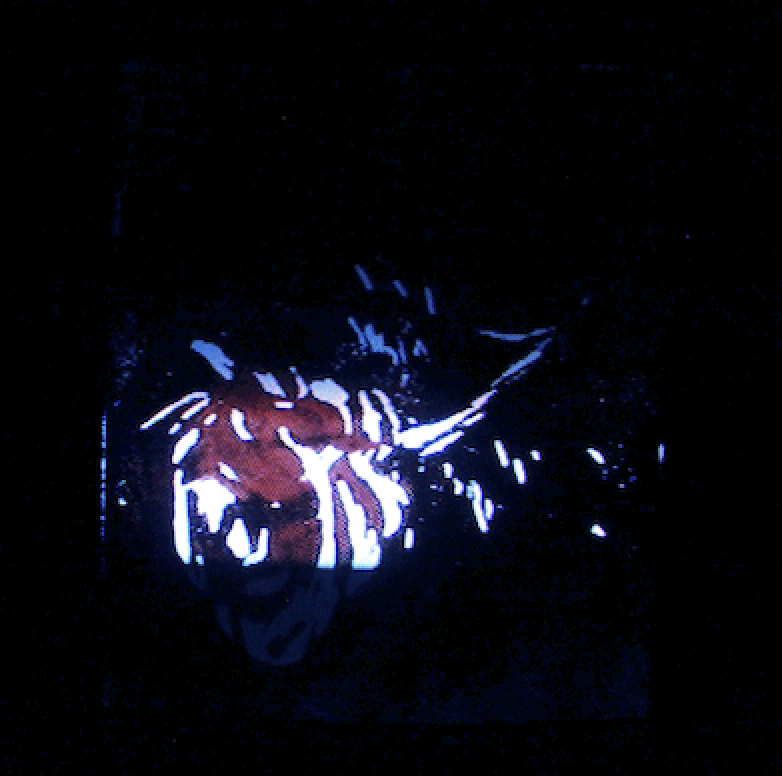What is this game?
A task managing game attempting the depict mental health struggles such as depression and self harm during the COVID quarantine. There is a priority on creating beautiful scenes, giving a sense of tranquility and purpose to live scattered in between depressive episodes. Artistic expression was a key part of building this game, attempting to show my interpretation of mental health through creative usage of mediums and audio.
Artistic direction
A feeling of tranquility and sense that there is more to life, specifically in the context of those moments of quiet that brings ease to life. Contrasted against this, I wanted to capture depressive episodes as a direct opposite to this.



TODOs
- Cutscene Pipeline
- NPC Skeletal Animation
- Virtual Desktop
Cutscene Pipeline
The game has 200 cutscenes created by hand through woodblock printmaking. Through experimentation, I settled on the current look of the cutscenes. The process required me to first carve out a block, then print it 5 seperate times. Then after this I photographed the 5 pictures and then cropping and lining them up in photoshop. Then turning it into a gif and displaying it on a CRT tv, through a hdmi to av adapter. With a low exposure time, I had the camera take 30 photos in sequence. Then I would take these 30 photos and turn them into a mp4 after applying image effects to all of them.
By hand, the carving and printing per cutscenes took 20-40 minutes. But the processing afterwards took 30 minutes to a hour per cutscenes caused by all the aligning and sim card swapping. This forced my to create a system to automate the entire process. Where the first step of taking the photos was around 80% automated, every other step was fully automated. I just had to setup the tv and camera and leave for three hours to process 20 scenes. Saving me many hundreds of hours and sanity.
NPC Skeletal Animation
The game had around 12 NPCs that you could interact with. After creating a walk animation for the main character, I realized that the walk animations for the other 12 characters would take a enormous amount of time to draw. The quality and consistency of the animations would also vary over time. To resolve this, I created a tool where I fed in a general skeletal animation, where it had bones for the head, body, arms, legs and feet. Then with a pallet that contained all the "body parts", it would correctly rotate it and apply it to the skeleton. With a very good base skeleton, I was able to create reasonably good looking isometric walk animations for all of the NPCs.
Virtual Desktop
Building a virtual desktop for the game was a chance for me to tackle a small architectural design problem. With my knowledge inheritance, I was able to build a very interactive desktop, where the underlying code remained clean. This was one of the first major code structure problem that I had tackled and it began my knowledge of proper code architecture.